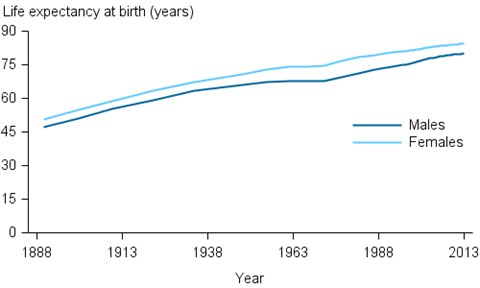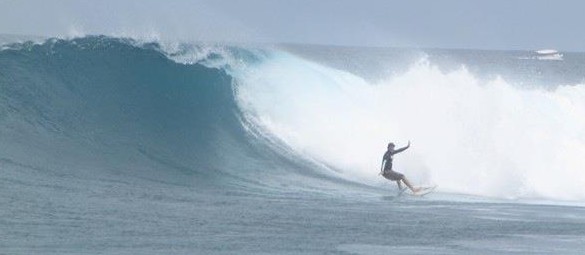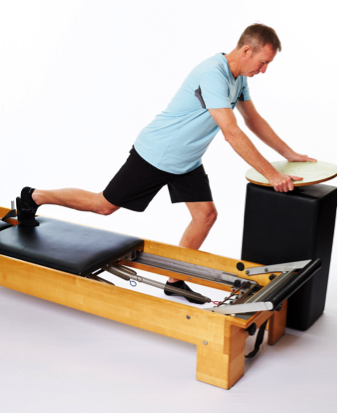What is boomeritis?
Tue,Feb 02, 2016 at 12:02PM by Michael Schwarer
My mystery affliction finally had a name!
A number of years ago whilst driving my car and listening to the radio, I heard an interesting interview with the then editor of Australia’s Macquarie Dictionary. She was talking about all the new words that had entered the Australian lexicon in the prior 12 months. Her favourite that year was boomeritis and I laughed out loud when she gave the meaning of this new word. It perfectly described an affliction I had been suffering from for many years!
Exactly what does boomeritis mean?
The word boomeritis is a play on ‘baby boomer’ and ‘-itis’ and according to the Macquarie Dictionary it describes:
‘…the range of sports-related injuries, such as bursitis, tendonitis, sprains, strains and stress fractures, incurred by baby boomers as they pursue health and physical fitness programs into their old age’
As the Baby Boom generation that was born post World War II started to reach their 40s and 50s, there was a veritable explosion of bone and joint aches, pains, injuries and ailments. Hence there was a massive increase in the number of 40, 50 and 60 year olds seeking treatment such as physiotherapy and taking up pilates, or in the more serious cases needing to go straight to see an orthopaedic surgeon. The term boomeritis was coined by Dr. Nicholas DiNubile, an orthopaedic surgeon at the Hospital of the University of Pennsylvania, in 1999.
Increased life expectancy means longer retirement
Boomeritis is a relatively new phenomenon because baby boomers are the first generation that is trying hard to stay vital and active as their body ages. There were of course exceptions who did keep vigorously active, however prior generations were more likely to take up gardening or lawn bowls. My parents and their friends rarely if ever did planned exercise as we know it today, and their parents even less so.
Increased life expectancy exacerbates this issue: around 100 years ago in Australia the average life expectancy was less than 50 years; for those born at the end of the baby boom era (1960-62) it’s just over 70 years; for those born today average life expectancy is more than 80 years! According to the Australian Institute of Health and Welfare this trend of increased life expectancy is likely to continue.
This means that people in Australia are also retired for much longer, so there is more time (and more need) to keep active. It used to be that our average life expectancy was actually less than the typical retirement age, so not much to look forward to even if you did make it to the gold watch and retirement at 65! Thankfully with the combination of extended life span and decreased retirement age in Australia we can now expect on average to enjoy another 15 to 20 years or more after retirement.
That’s the good news, however although we have extended our life spans, we have not extended the warranty on our musculoskeletal system and things do tend to break down. Our bones, tendons, muscles, spine and joints go through wear and tear over the years as well as degeneration with aging.
So what does boomeritis mean for me?
When I first heard the term boomeritis I was in my 40s and still pursuing the same active lifestyle I had since my teen years. I’m a keen surfer and was also cycling regularly, running half marathons (never quite made the full one!) and competing in long distance ocean swims. Forty may have been the new thirty but my aging body didn’t necessarily agree! I suffered more aches and pains and my recovery time from activities and competition wasn’t what it used to be. I also developed recurring issues, notably a pinched nerve in my neck between C5 and C6 that periodically caused a lot of pain and slowed down my training. That neck issue is what initially led me to taking up pilates a number of years ago.
I’m now in my 50s and still love surfing with a close group of long-term friends, all around the same age. It’s interesting how our aches, pains and injuries feature more frequently in conversations these days than they did when we were in our 20s. As we sit at the local pie shop post-surf we talk about old knee injuries flaring up, chronic back pain, groin strains, rotator cuff issues, arthritis, tendonitis, bursitis and stress fractures. Some of us are recovering from injury, surgery or even chemotherapy and are trying hard to get back to our previous level of fitness and flexibility. Not as easy when you’re in your 50s! Have a look at our blog Fracture in the Family for a pertinent example of rehabilitation from a pretty serious injury and successfully getting back in the water surfing with my friends.
What can you do if you have boomeritis?
There are two main areas you can focus on if you have boomeritis:
// Preventative maintenance on your body
// Rehabilitation to restore your body to health
Preventative maintenance
We often carry out preventative maintenance on things we own or work with: cars, homes, pools, tools and equipment. How often though do we give the same priority to preventative maintenance on our bodies? As we age some changes to our bodies and minds are inevitable, however many of the problems associated with aging can be mitigated. A suitable exercise program (e.g. pilates for runners) and good nutrition can go a long way towards maintaining a healthy frame and a healthy mind.
Rehabilitation
If you do find you’ve injured yourself or have a niggling little concern that just won’t go away, then ignoring it, as many of us do, is not the best course of action! Rehabilitation means restoring yourself to health or normal life through appropriate therapy and/ or exercise. So go and see your physiotherapist for targeted treatment or take up pilates at a studio that focuses on the rehabilitation needs of its clients. You need to be doing a program that’s designed for your specific needs, not a general fitness class where everyone’s doing the same exercises no matter what stage they’re at or condition they’re in.
Michael Schwarer is co-director and co-owner of Body Organics and brings to Body Organics more than 30 years experience working with large Australian and international corporations. He holds a Bachelor of Commerce as well as Master of Business Administration. Injuries sustained in Michael’s weekend warrior sporting pursuits of surfing, cycling and swimming often result in him becoming an unintended rehabilitation case study for the Body Organics team!
 0
0 


